
Everything You Need to Know About Vitamin C Serums
Especially If You Have Indian Skin
And finally get the clear skin you deserve.
Let’s talk about acne marks. Not the angry red pimples. Not the deep scars. Just those flat, stubborn, pigmented little reminders that your breakout lived here.
You know the ones.
They show up just when you’ve cleared the breakout, like a souvenir no one asked for. Technically, they’re called post-inflammatory hyperpigmentation (PIH). And while they’re not forever, they sure do like to stick around.
But here’s the good news: you can treat them fast, gently, and effectively — with the right ingredients, a little consistency, and just enough science to make it all make sense. And that’s exactly what we’re getting into.
Acne marks = flat, discolored patches that appear after your skin has healed from a breakout. They’re not scars (more on that in a second). These are spots left behind due to inflammation and melanin overproduction.
When your skin experiences trauma—like a pimple or cyst—your body’s natural response is to send in inflammatory messengers. This can cause your pigment-producing cells (melanocytes) to go into overdrive, especially if you have medium to dark skin tones (hello Indian skin), resulting in excess melanin being deposited in the area.
The result? Flat, brownish, pink, or purplish spots that don’t hurt… but definitely overstay their welcome.
This is where people often get tripped up.
Acne marks (PIH) are just discoloration. No change in texture. Just flat dark spots.
Acne scars, on the other hand, are textural changes in the skin — dips, pits, or raised bumps. These happen when the deeper layers of the skin (like collagen and elastin) are damaged during the healing process.
You can treat acne marks at home with the right ingredients. Acne scars? Those usually
need pro treatments like microneedling, lasers, or fillers.
Melanin.
Indian skin contains more melanin by nature, which gives it that rich, warm tone we love, but also makes it more reactive to inflammation. That means any irritation —acne, bug bites, burns, can leave behind dark marks more easily, and they can last longer if untreated.
Also: the Sun.
UV exposure deepens pigmentation. If you’re not wearing sunscreen every day (yes, every), you’re basically inviting those marks to hang out for months.
Here’s the annoying truth: PIH can last anywhere from 3 months to over a year if left untreated. Factors like skin tone, depth of inflammation, and how early you start treatment all play a role.
But if you’re consistent and using the right actives, you can see noticeable fading in
4 – 6 weeks.
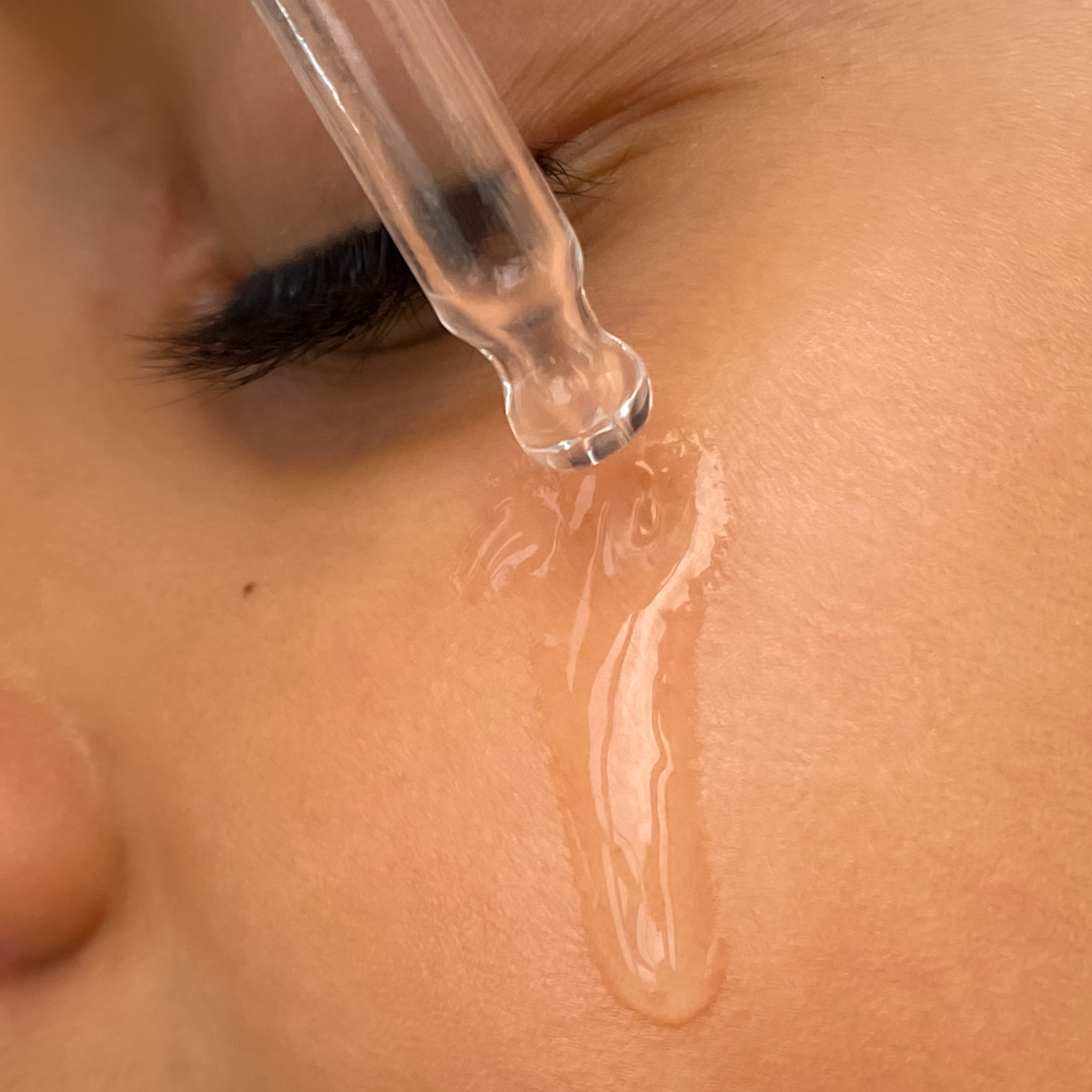
Let’s break it down into 3 parts:
✨ Vitamin C (L-Ascorbic Acid or stable derivatives)
🧴 Niacinamide (Vitamin B3)
💪 Peptides (Matrixyl Synthe’6)
🌿 Babchi Seed Extract (Bakuchiol)
🍇 Jamun Extract
🌊 Plankton Extract
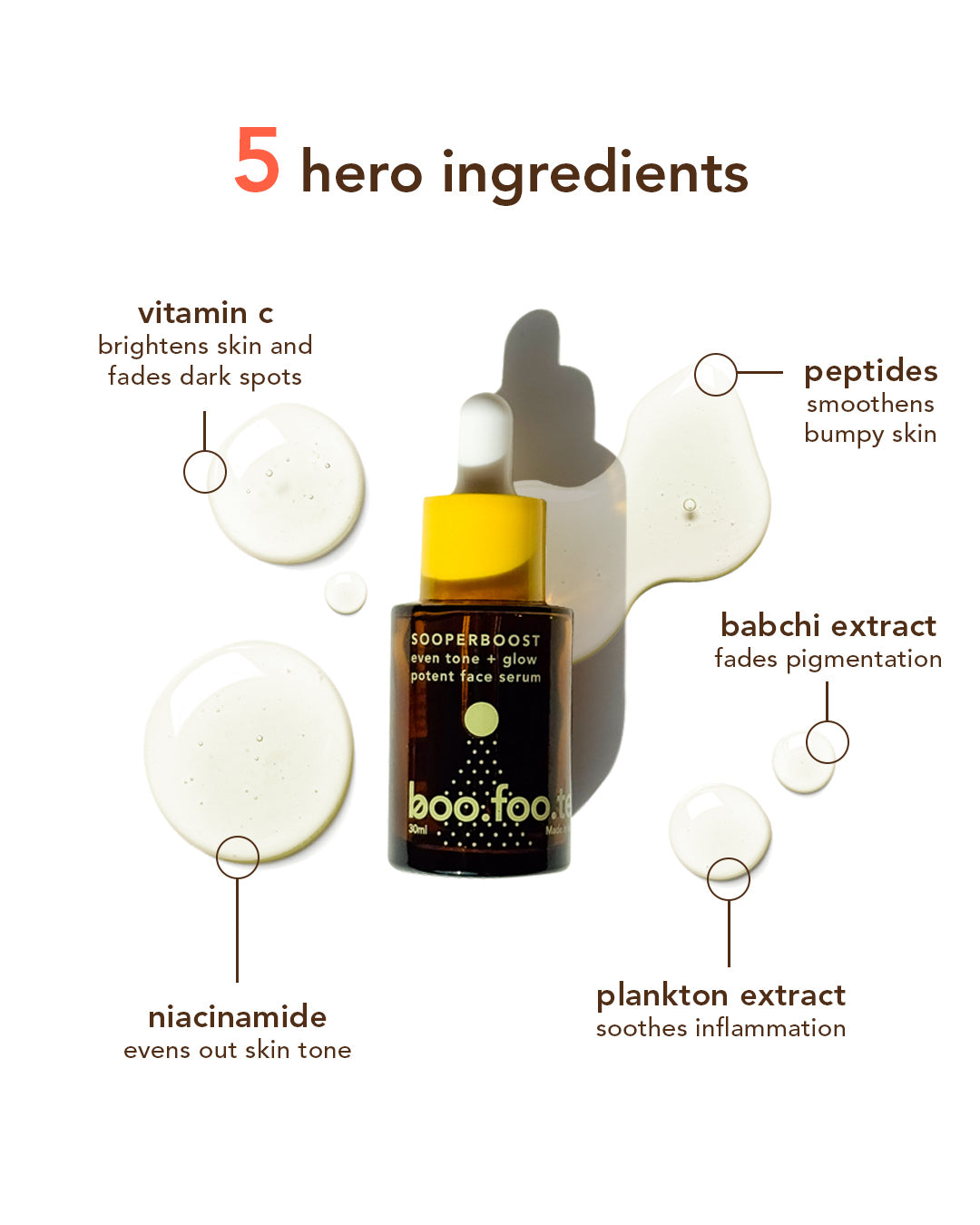
Think of this serum as your skin’s reboot button.
Formulated for Indian skin, it’s designed to fade pigmentation, bring out your natural glow, and work with your skin — not against it.
If you’re using SOOPERBOOST, you’re already hitting the sweet spot between clinical strength and gentle natural support. But some tips to level-up:
Here’s what not to do if you want your marks to fade faster:
❌ Don’t pick or squeeze pimples.
This increases inflammation and guarantees longer-lasting marks.
❌ Don’t skip sunscreen.
UV exposure deepens existing pigmentation — even if you’re indoors.
❌ Don’t overload on actives.
More isn’t always better. Using too many harsh ingredients (AHAs, BHAs, retinol) at once can cause irritation and worsen PIH.
If your marks are older or very dark, in-office
treatments can help speed things up. Some popular and effective options:
But if you're dealing with post-acne marks and not scarring, a strong, consistent at-home routine is usually all you need.
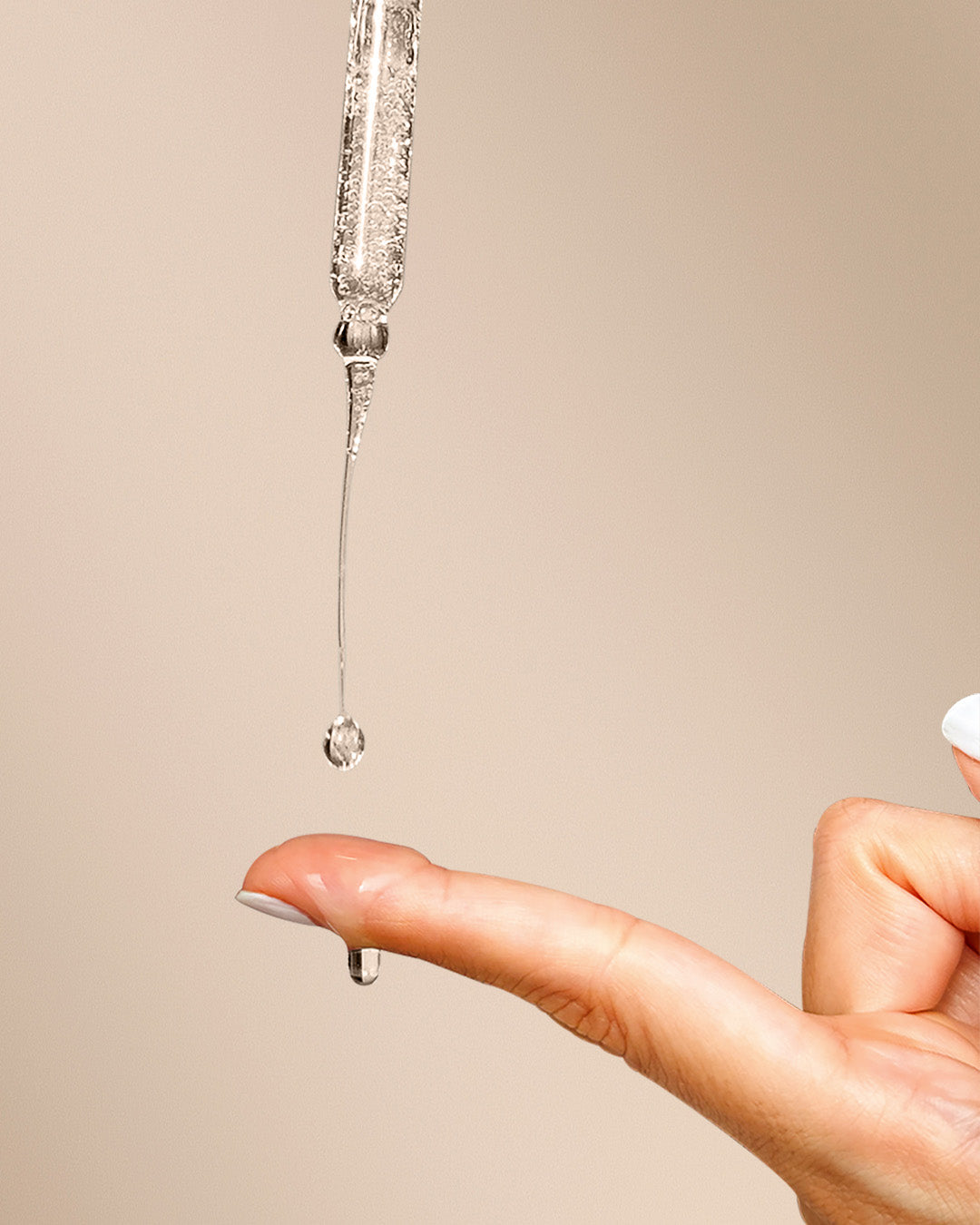

Your skin is allowed to have a history. It’s allowed to heal. And with the right support, it will.
Post-acne marks are not permanent. They’re just part of your skin’s healing story—and
with SOOPERBOOST Face Serum, you can help that story fade a little faster.
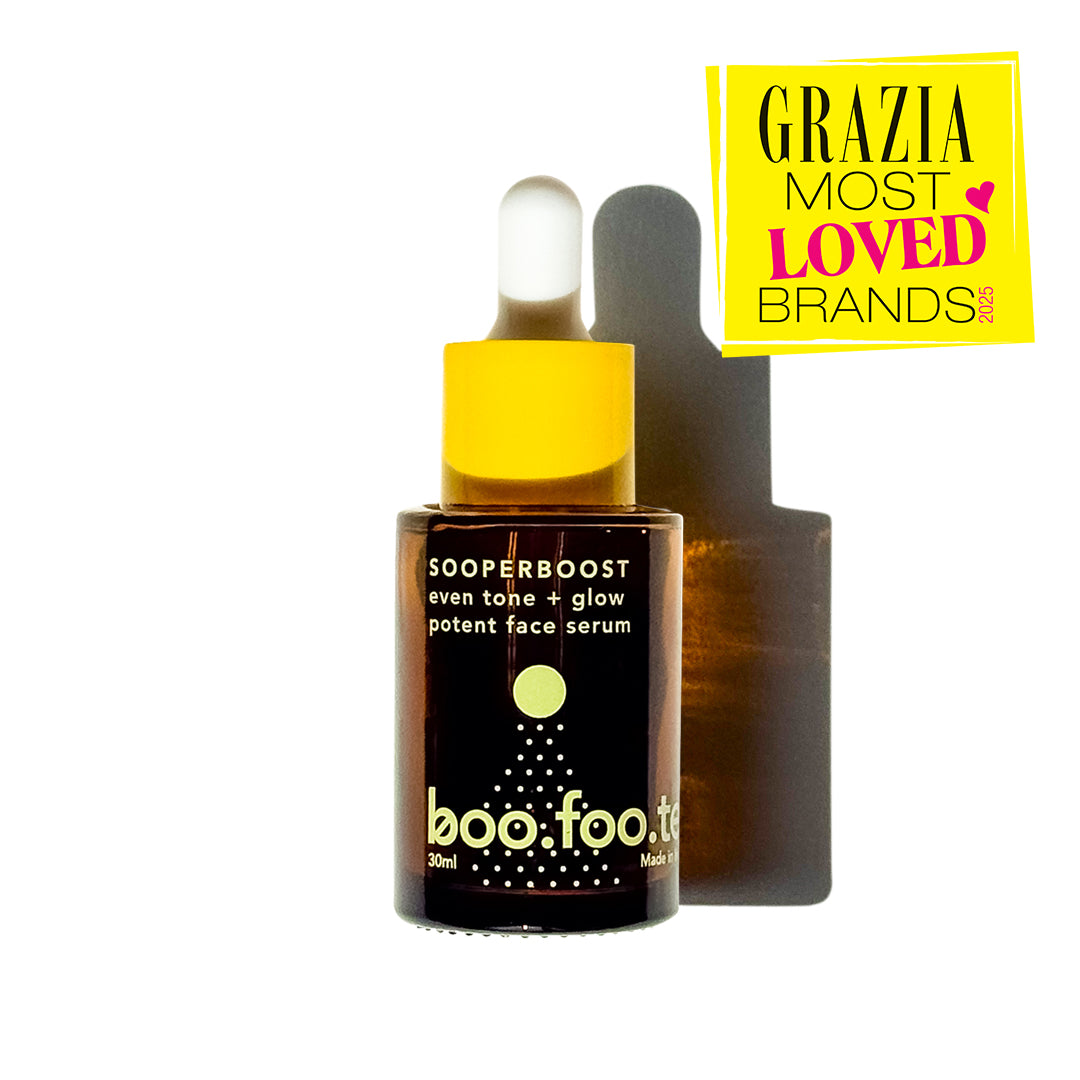
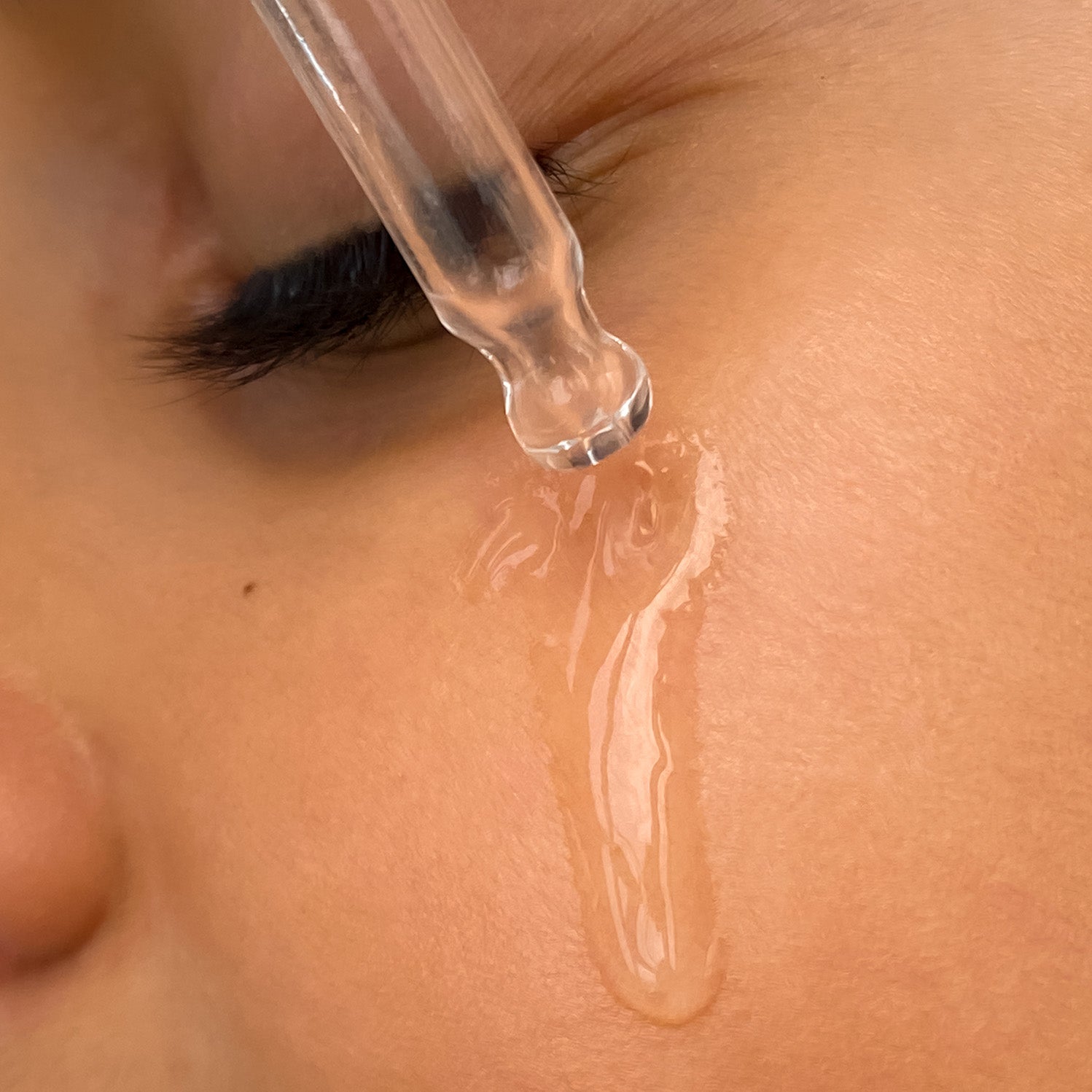
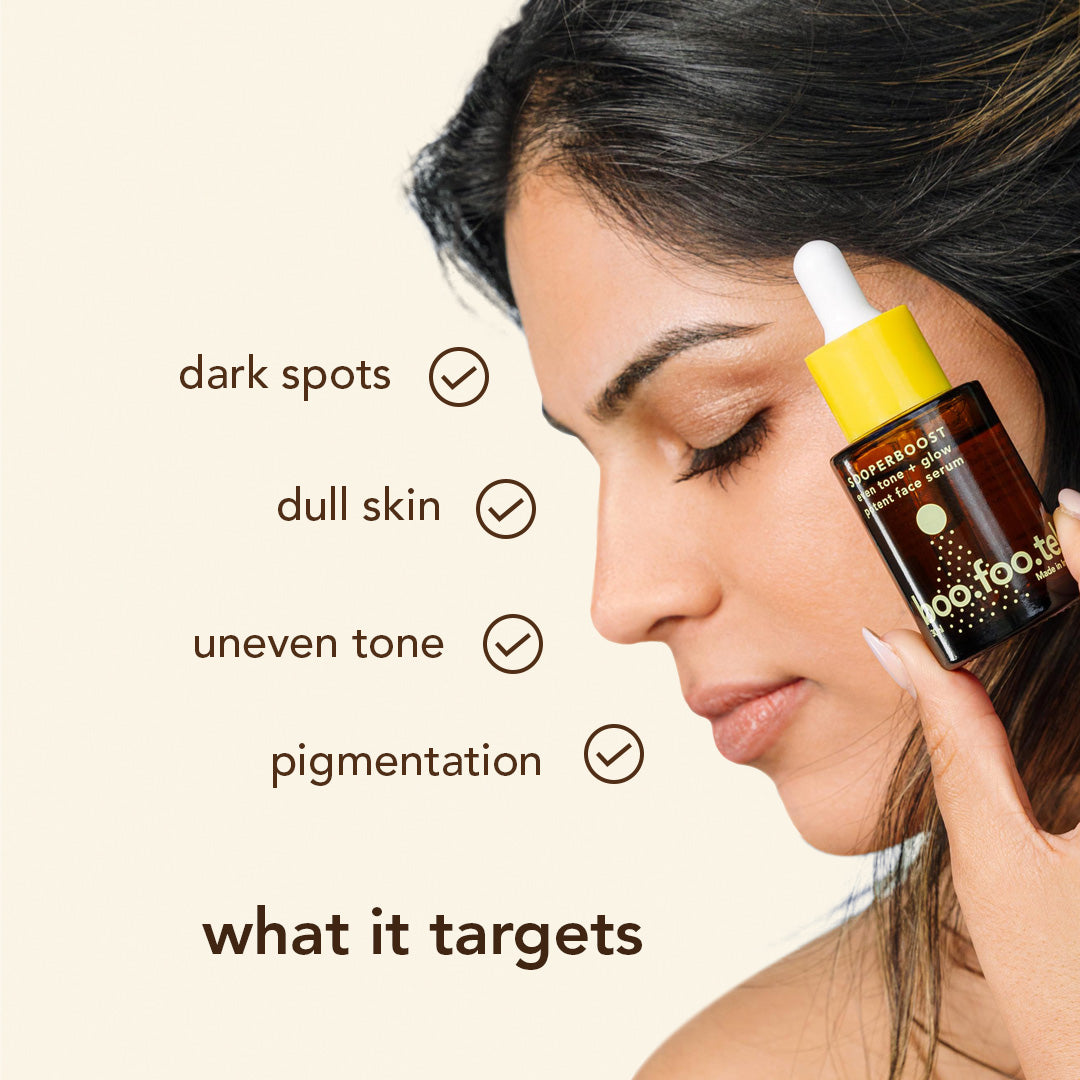
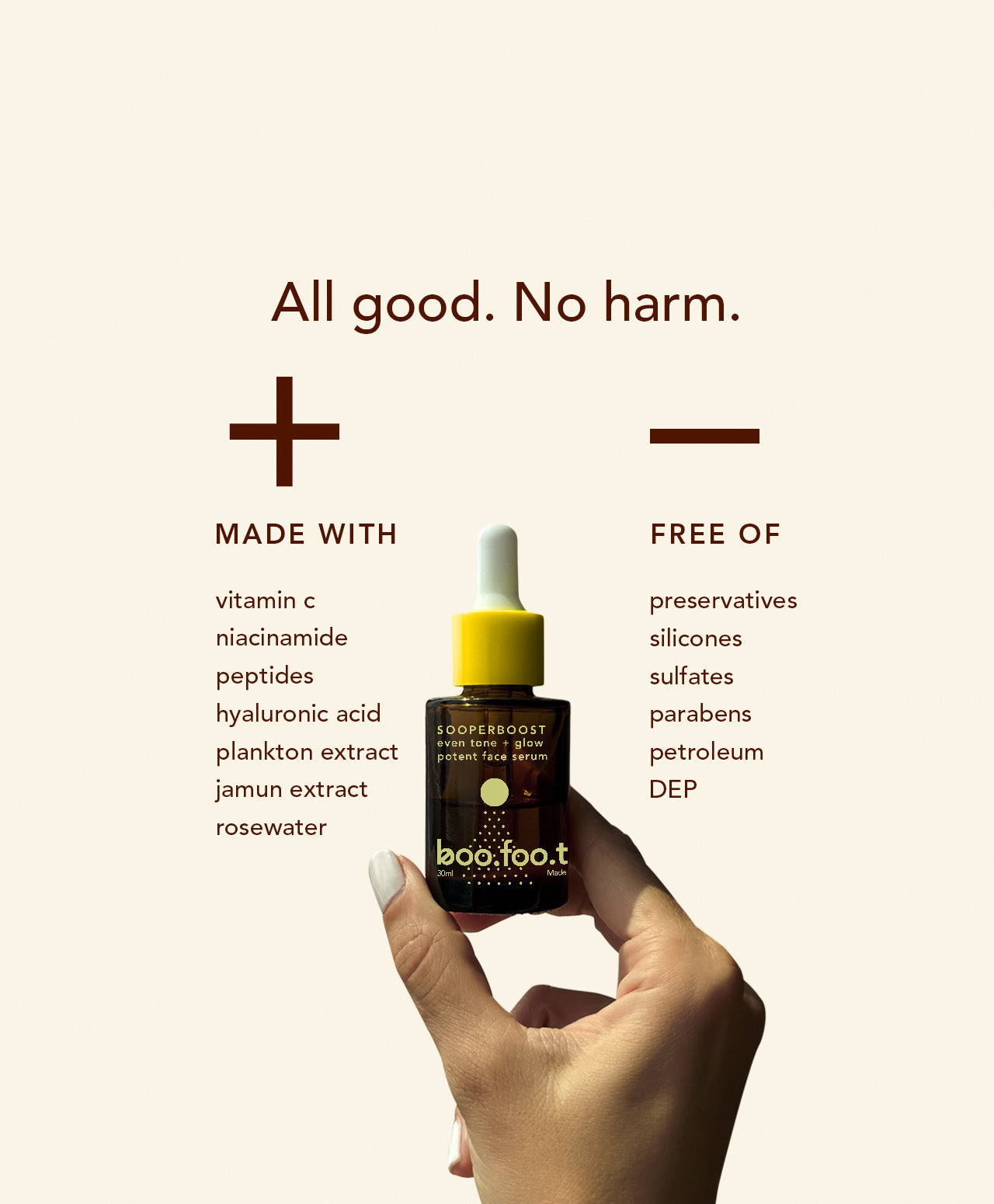
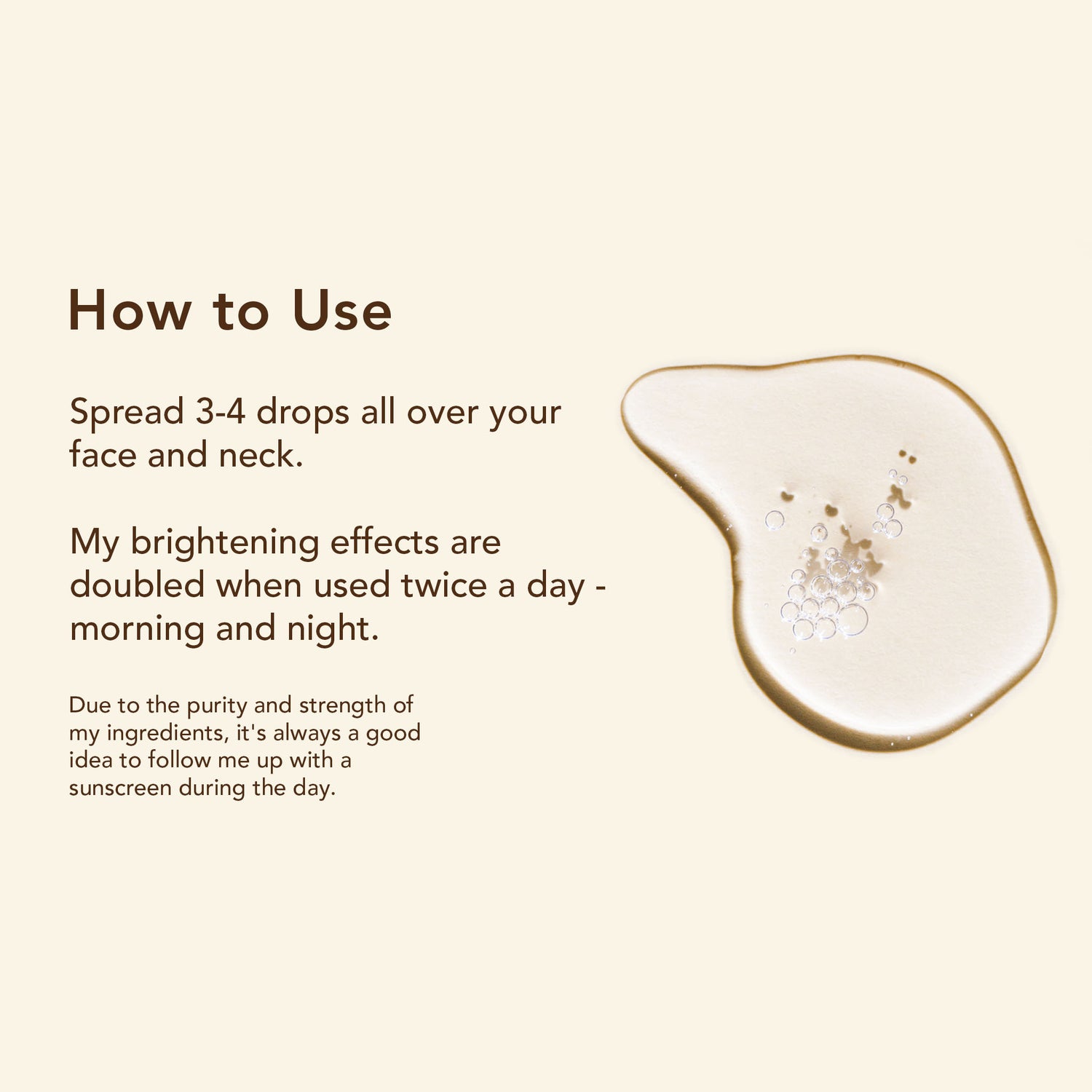

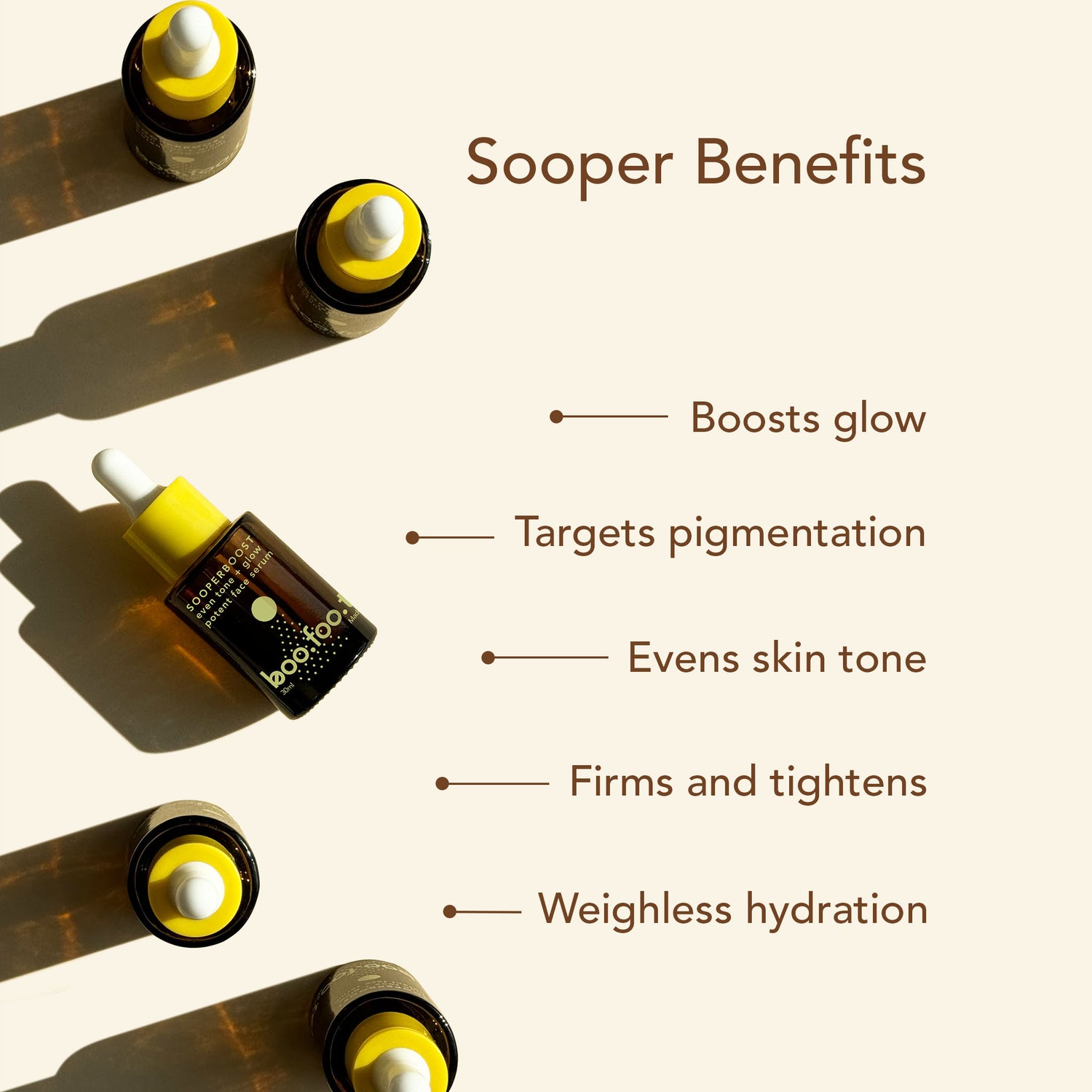
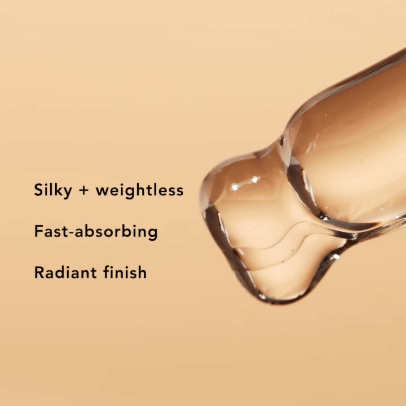
12% Vitamin C + Jamun Extract
targets pigmentation & brightens skin
Niacinamide + Plankton extract
tackles dark spots & evens out skin tone
Peptides + Babchi Extract
firms & plumps skin
Hyaluronic Acid + Rosewater
hydrates & soothes skin
A new generation of Vitamin C derivative that is super stable and does a fabulous job of brightening your skin and targeting pigmentation. It also boosts collagen production, so your skin is nice and plump.
An essential vitamin (an active form of B3) that has great skin benefits! Gentle enough for daily use, it helps even out your skin tone, strengthens skin’s moisture barrier and minimizes the look of pores.
An antioxidant found naturally in the walls of plants or seeds of fruits, it boosts the efficacy of other skincare ingredients like Vitamin C and Niacinamide – making it one hell of a partner!
This peptide does an incredible job of making your skin firmer and more elastic – like a baby’s bum! It does this by literally ‘instructing’ your skin to produce more collagen and elastin.
A salt extracted from Hyaluronic Acid that acts the same, only better! It can hold 1000x its weight in water – making it incredibly hydrating. What makes it so special is that is that it has a smaller molecular weight than regular hyaluronic acid, which means it can go much deeper into the skin – which means even better hydration!
A fruit native to India, it is rich in vitamin c and is known to reduce dark spots, blemishes and dullness.
This antioxidant-rich marine algae is packed with vitamins and minerals that boost skin’s brightness and evens out skin tone.
Drawn from the seeds of a purple-flowered plant called babchi, this plant-powered ingredient increases collagen production and cell turnover, making your skin smoother and more even-toned.
This soothing superhero calms, hydrates and leaves your skin glowy AF.
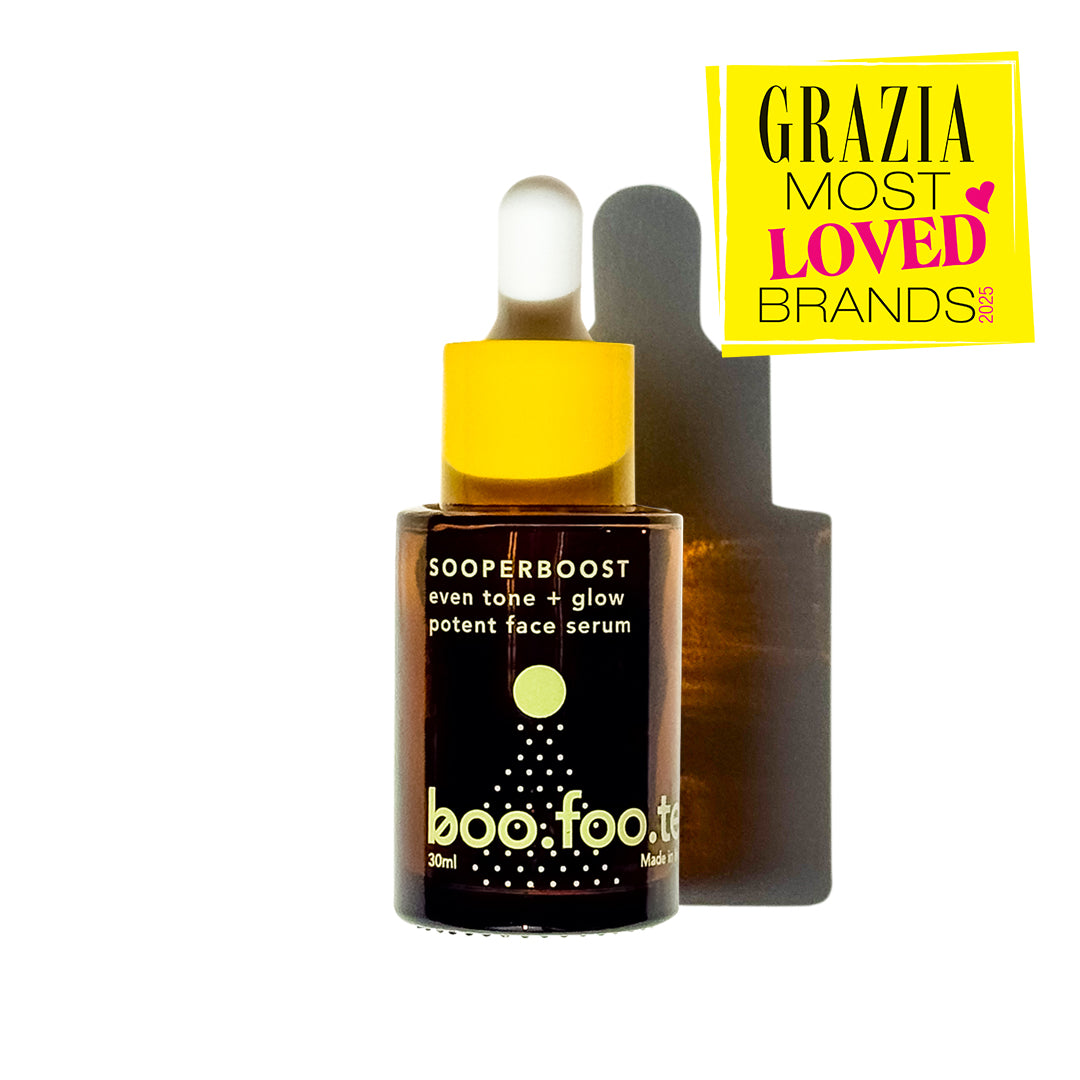
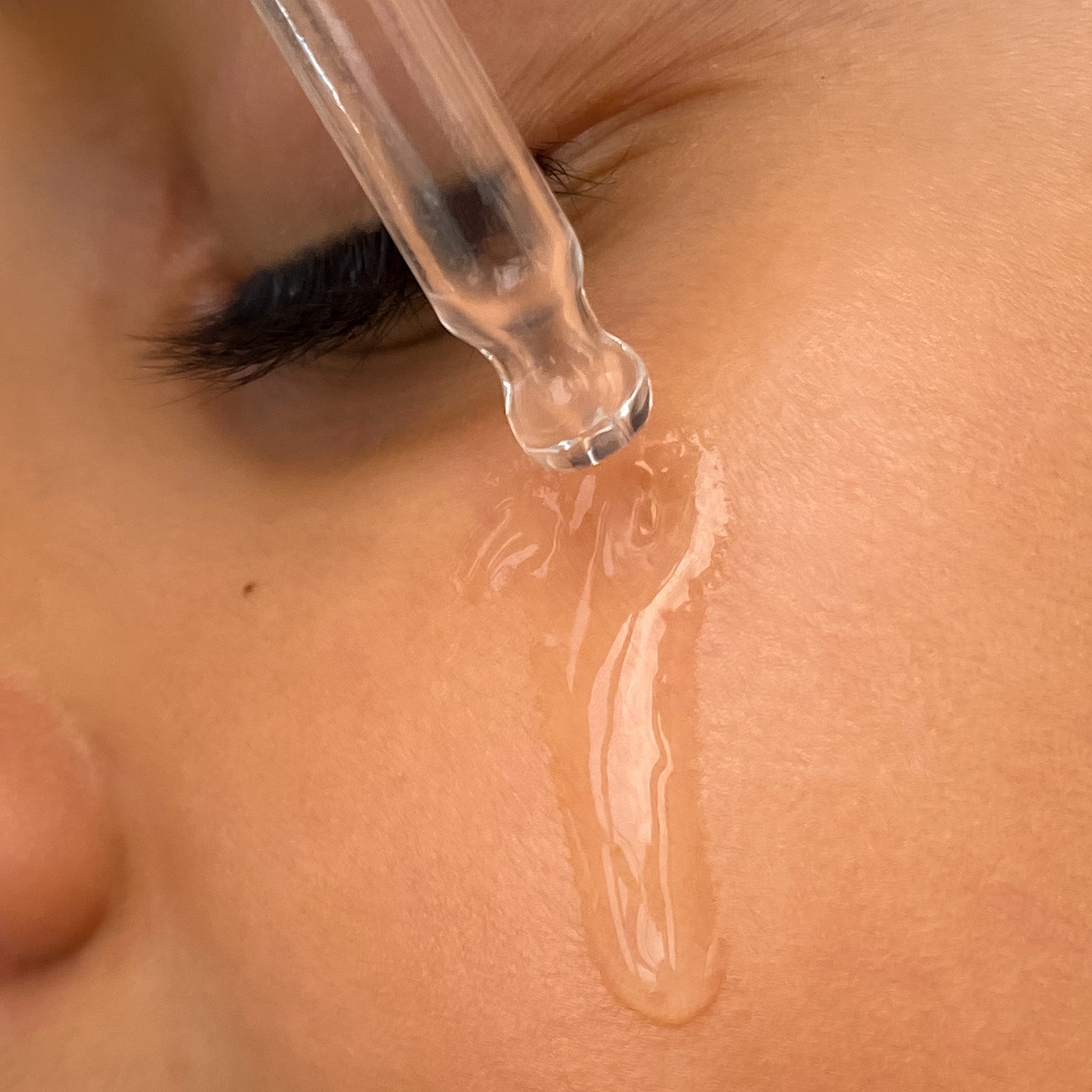

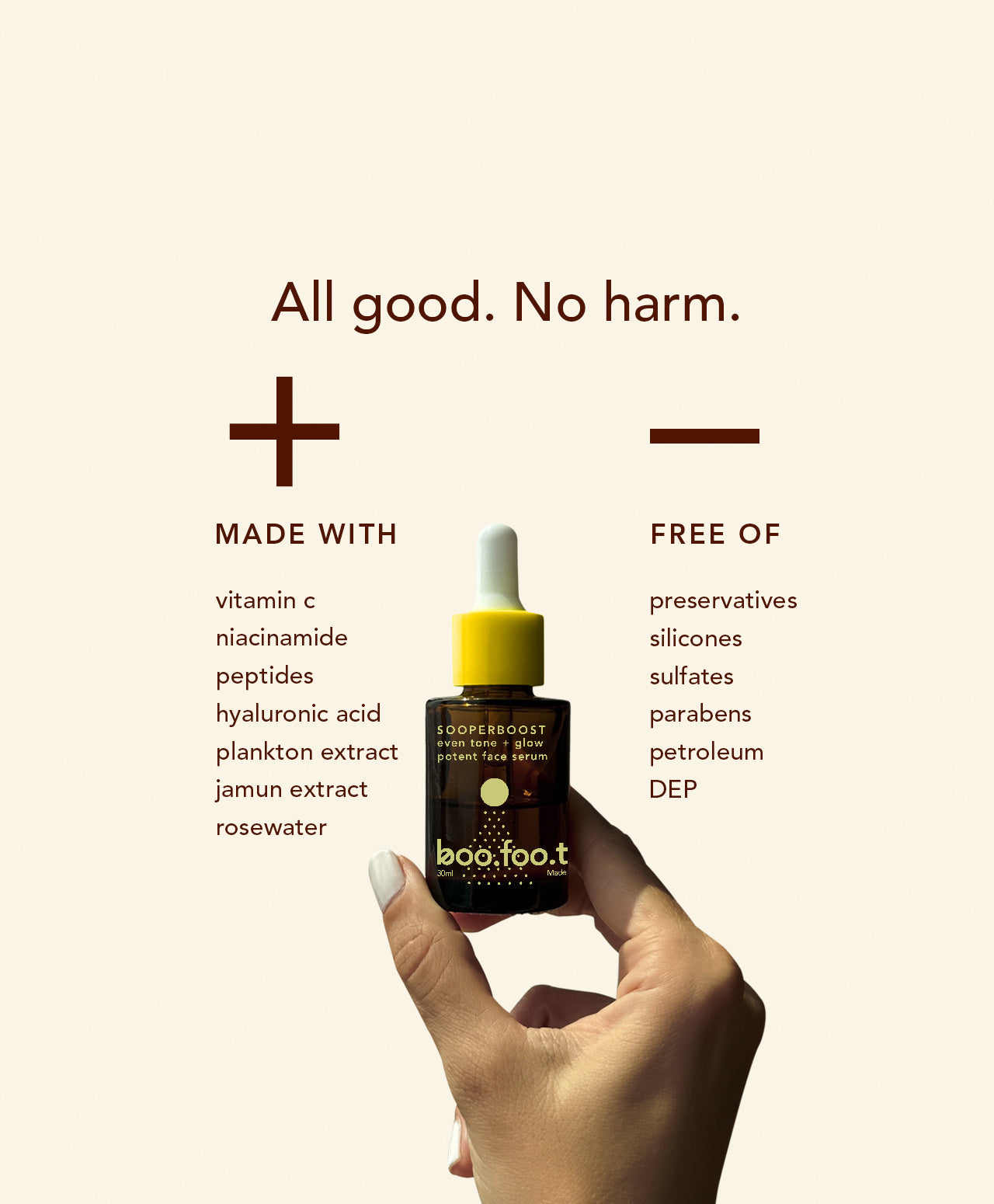
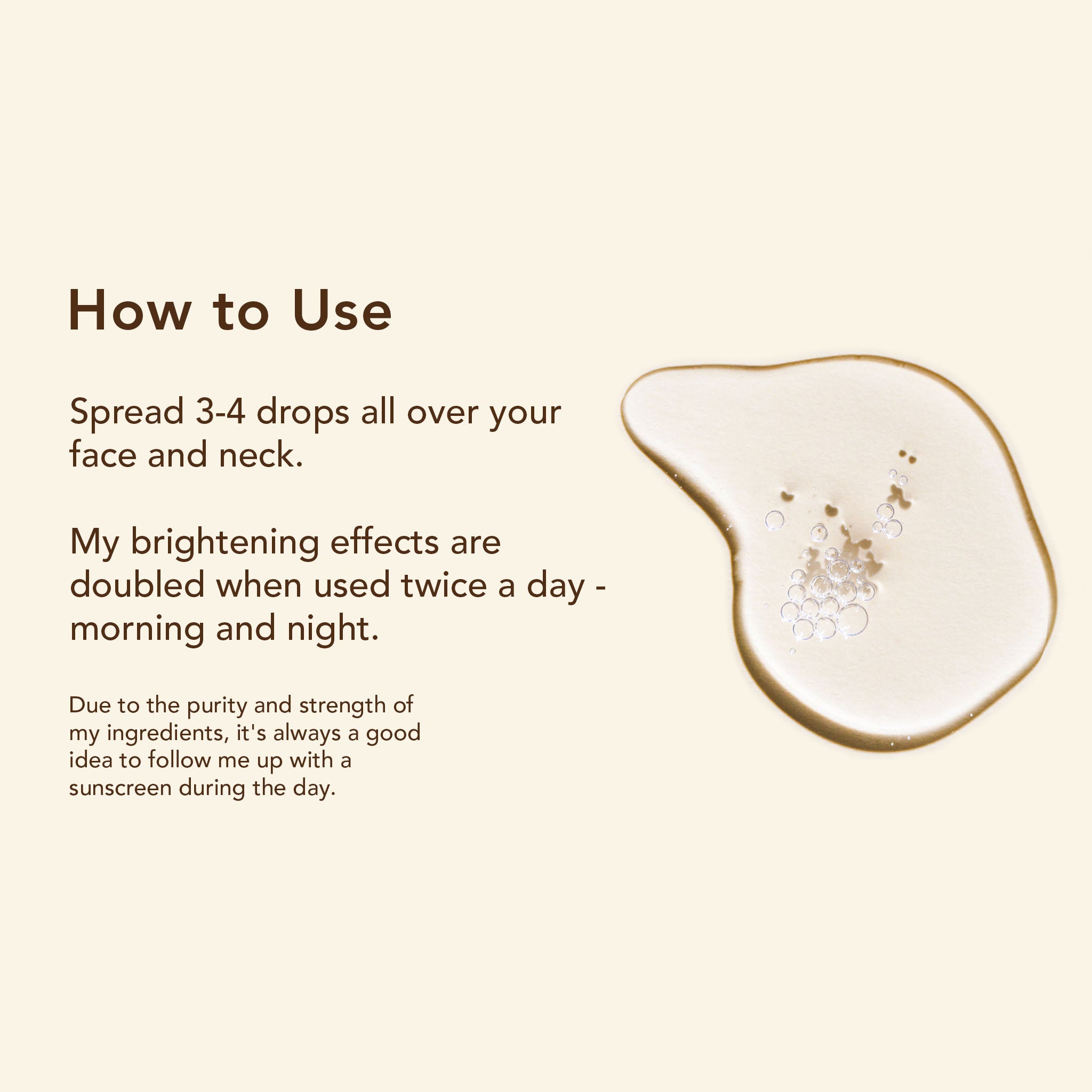
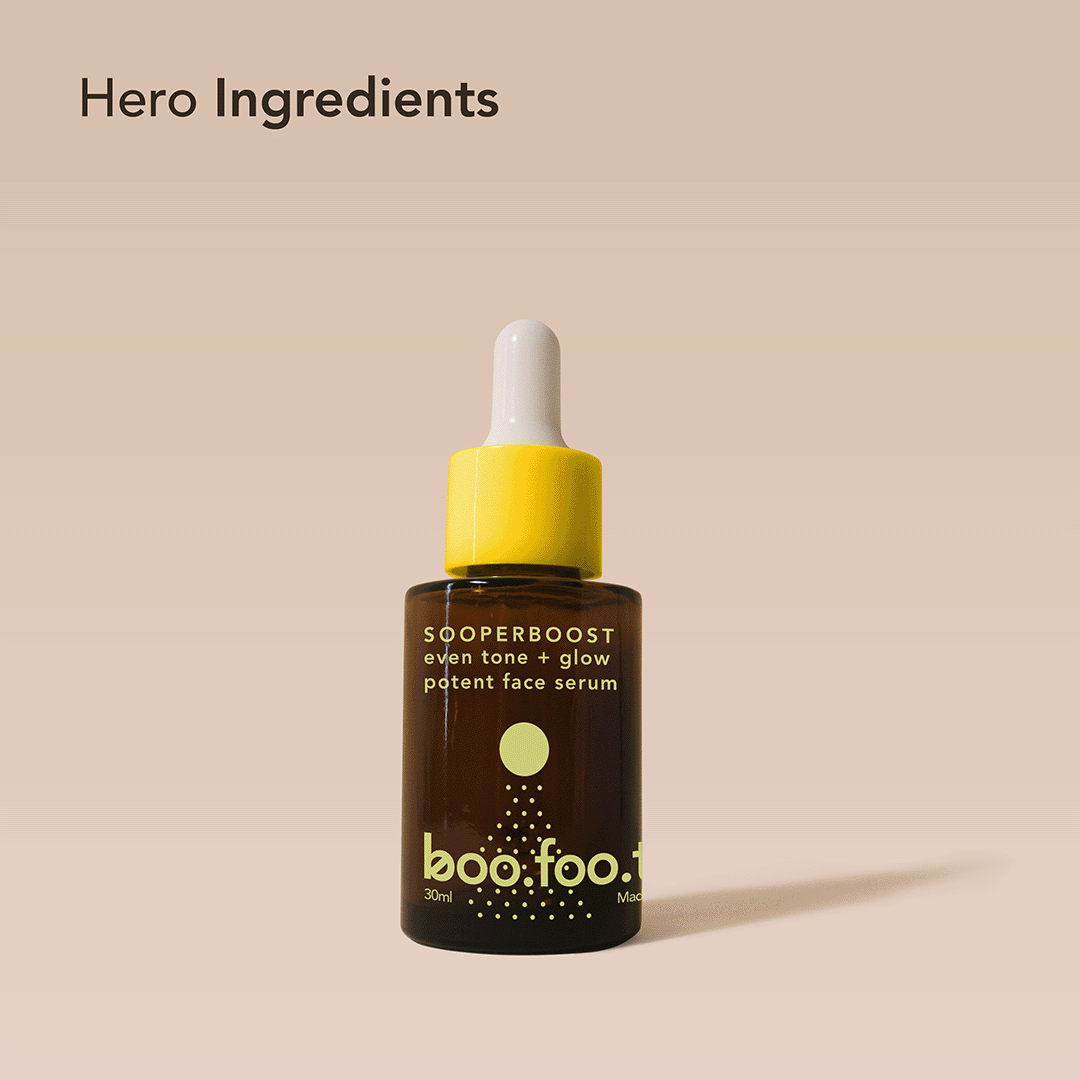
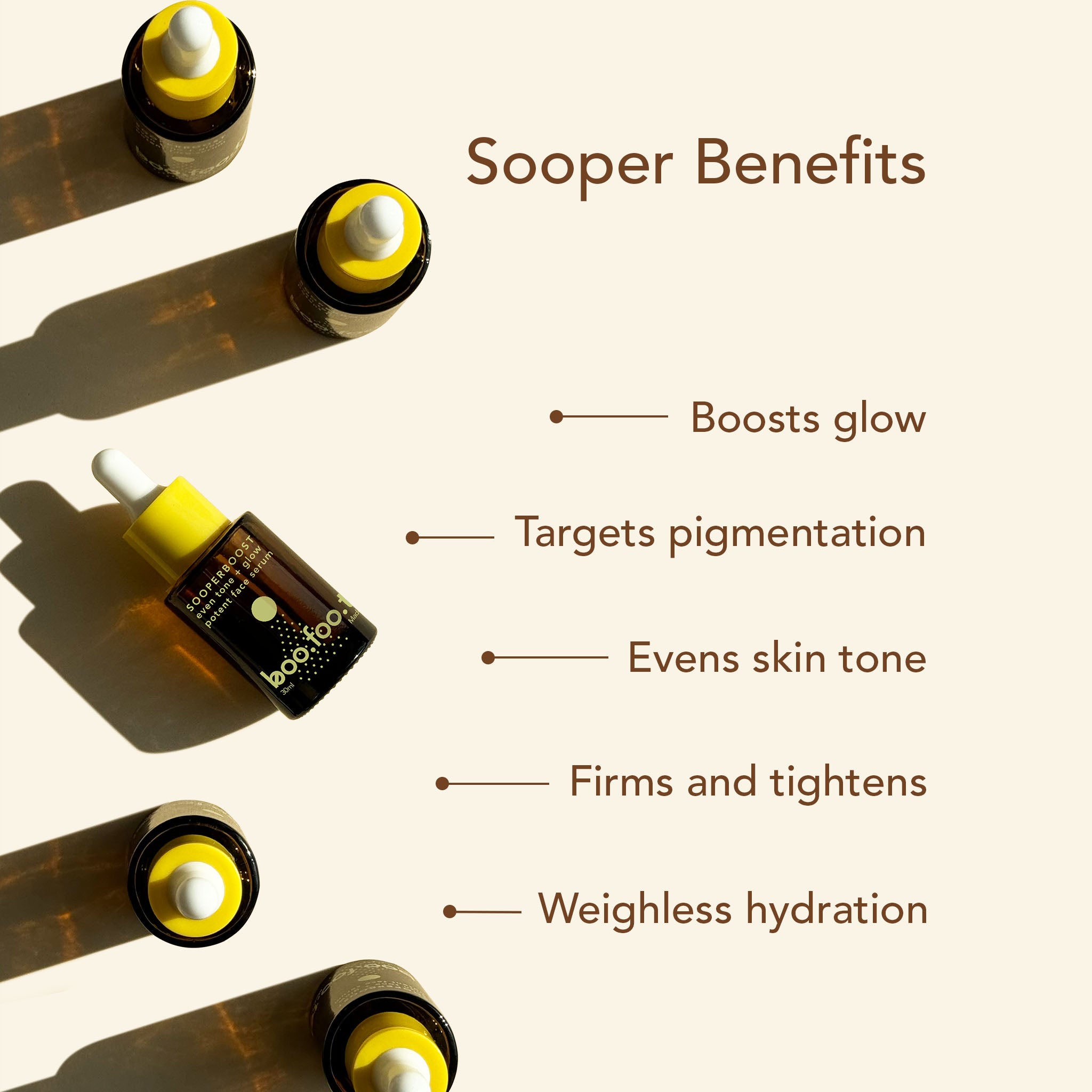
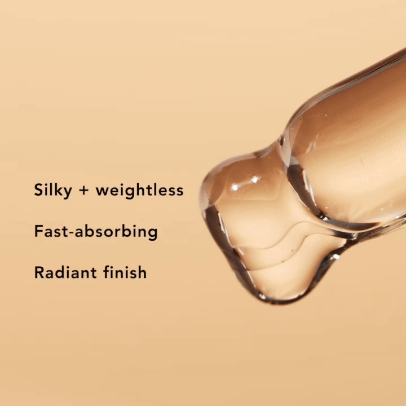
Post-Inflammatory Hyperpigmentation (PIH) & Indian Skin
https://pmc.ncbi.nlm.nih.gov/articles/PMC5029232/
Management of Acne-Induced Post-Inflammatory Hyperpigmentation in Indians
https://www.ijord.com/index.php/ijord/article/view/1189
Skin Hyperpigmentation in Indian Population: Insights and Best Practice
https://journals.lww.com/ijd/fulltext/2016/61050/skin_hyperpigmentation_in_indian_population_.3.aspx
The Effect of Vitamin C on Melanin Pigmentation
https://pmc.ncbi.nlm.nih.gov/articles/PMC7802860/
Multiple Functions of Niacinamide
https://www.mdpi.com/2076-3921/13/4/425
Bakuchiol as a Treatment of Post-Inflammatory Hyperpigmentation
https://www.jaad.org/article/S0190-9622%2824%2901601-3/fulltext
Jamun: An Alchemy Botanical
https://jaims.in/jaims/article/download/3759/5959?inline=1#:~:text=8.,ingredient%20and%20skin%2Dconditioning%20agent.&text=11.,betulinic%20acid%2C%20and%20other%20compounds.&text=15.,exhibit%20hydrophilic%20and%20lipophilic%20characteristics